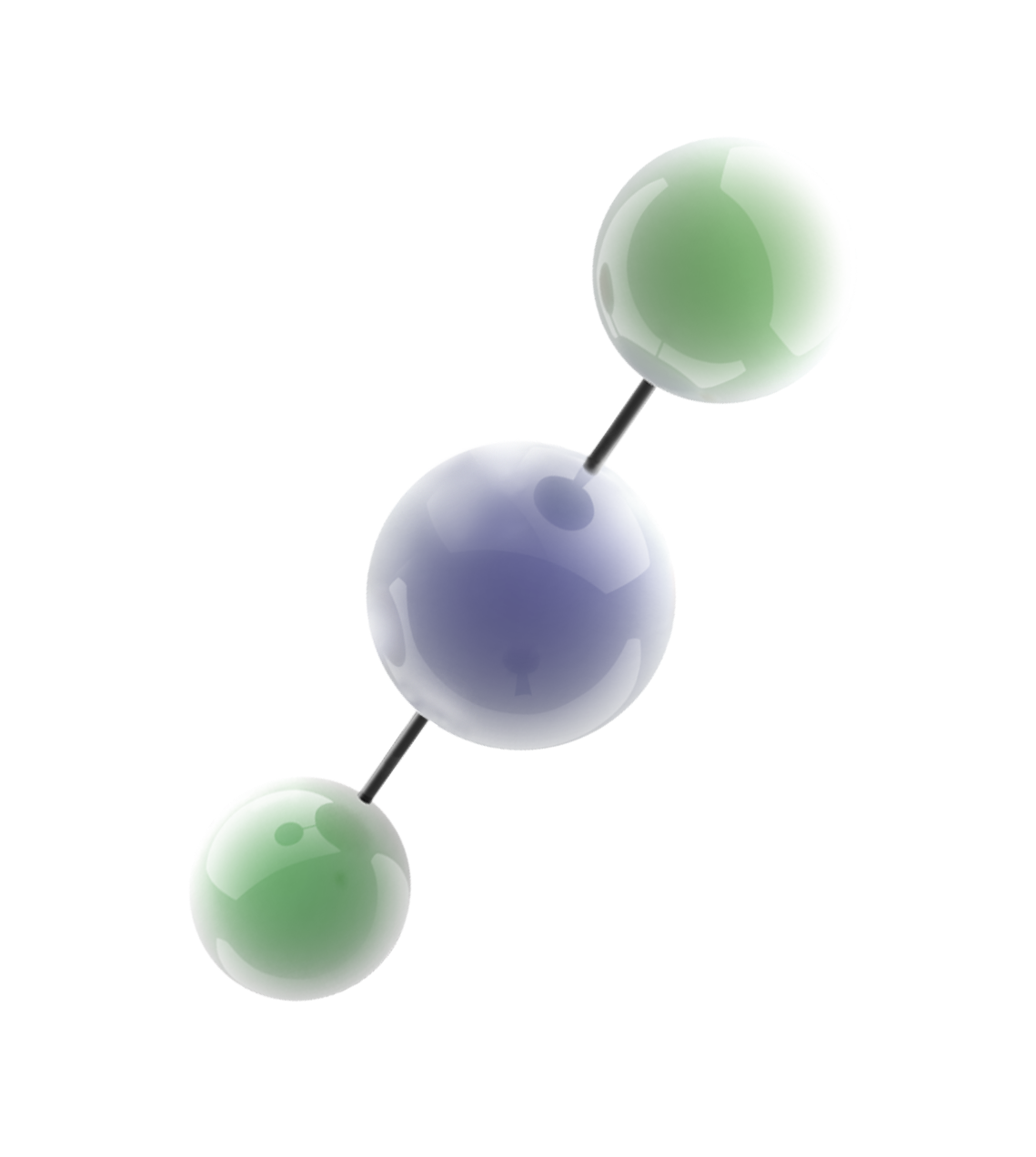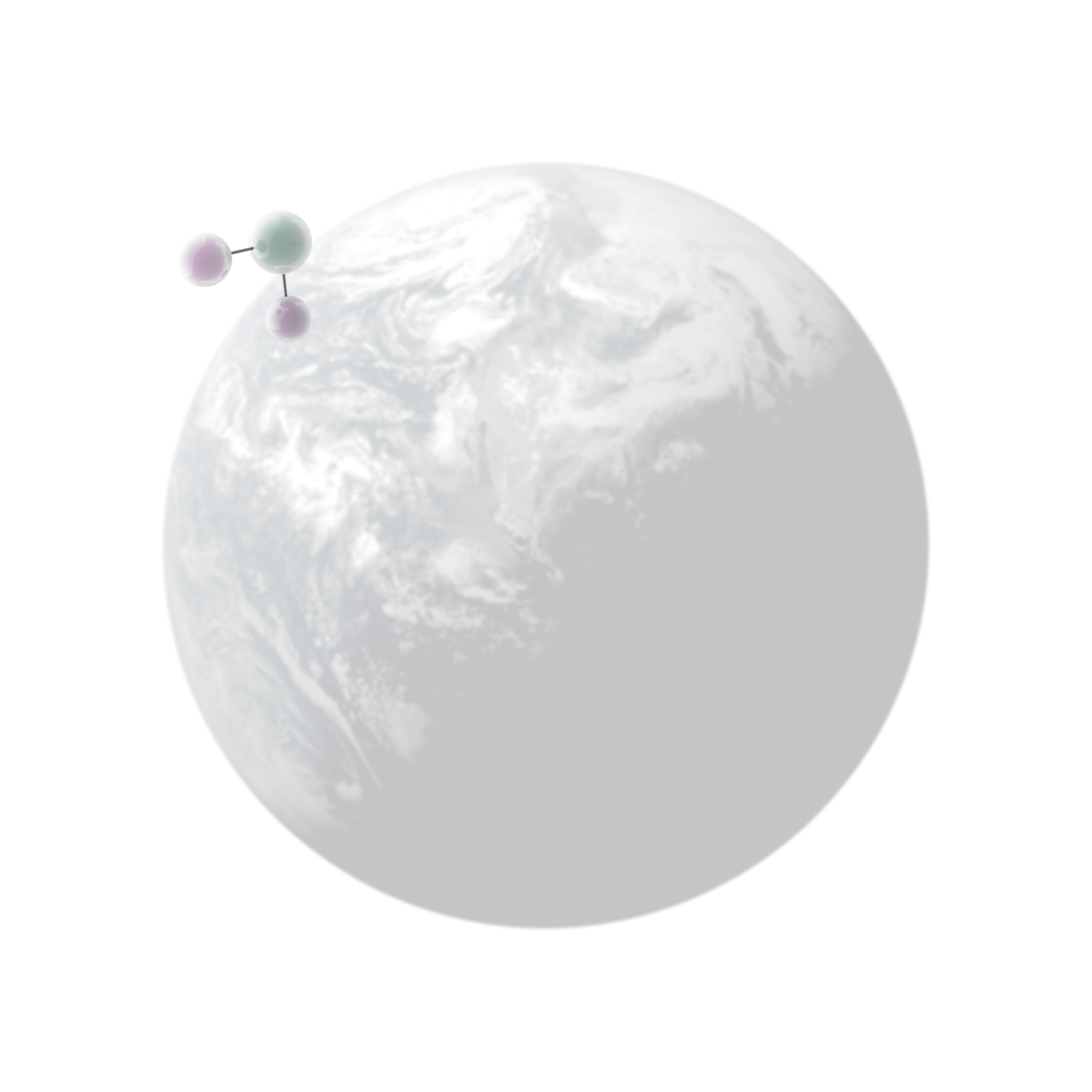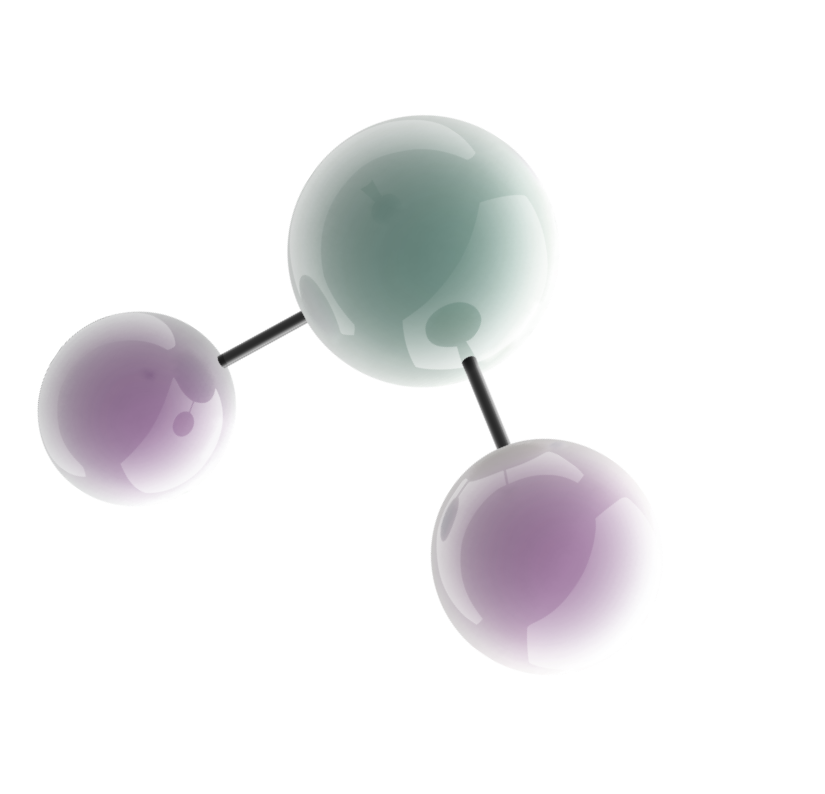This is a website of the Terahertz Remote Sensing Laboratory, National Institute of Information and Communications Technology (NICT). We introduce our latest researches as follows.
TeraHertZ
Remote
Sensing
Terahertz remote sensing is a technique to observe the molecules and radicals in the atmosphere using Terahertz wave. Our targets are the Earth, Mars, Jupitar and any other planets.

Projects
It is valuable to freely perform a wide range of research in one laboratory. In our laboratory, using remote sensing as a common method, we research a various fields from the earth to the planets. Here is an easy-to-understand introduction to a variety of projects we are working on.
About Us
This site is operated by the Terahertz Technology Laboratory in the National Institute of Information and Communications Technology (NICT). NICT is the only public research institute in Japan that specializes in the field of information and communication technology (ICT). NICT has started as a research institute for radio waves and now cover a wide range of areas from materials to system. Our laboratory are conducting basic research and development of technologies to utilize terahertz waves for remote sensing and other applications such as large-capacity communication.
- Mailing address:
- 4-2-1 Nukui-kita, Koganei, Tokyo 184-8795, JAPAN.
Terahertz Laboratory, Terahertz Technology Research Center,
National Institute of Information and Communications Technology (NICT)





